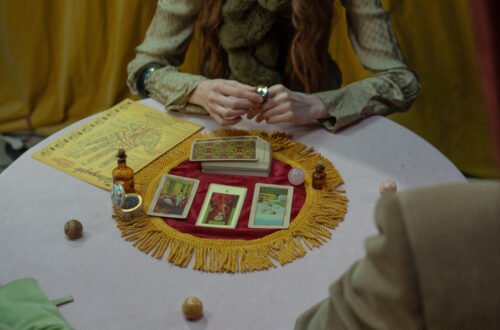
Real magic spells in latin
Throughout history, cultures around the world have embraced the mystical and enchanting realms of love magic, seeking to harness the forces of the supernatural to kindle passion, attract a soulmate, or deepen existing connections. In the realm of ancient Latin cultures, love magic played a significant role, intertwining with spiritual beliefs and folk practices. Join us on a journey into the world of Latin love magic, where incantations, rituals, and symbolic acts weave a tapestry of enchantment and desire.
See: https://magical-rituals.com/blog/2024/09/14/how-to-use-candles-spiritual/
- Historical roots
The ancient Romans, known for their rich tapestry of religious practices and folklore, placed a substantial emphasis on matters of the heart. Love magic, or “amor magica” in Latin, was deeply ingrained in Roman society, with practitioners seeking divine assistance through rituals and spells to navigate the complexities of romantic relationships.
- Goddesses of love
At the heart of Latin love magic were the revered deities Venus, the goddess of love, beauty, and fertility, and Cupid, her mischievous son associated with desire and attraction. Devotees would invoke these deities in love spells and rituals, seeking their favor to inspire love, passion, and harmony in their lives.
Read: https://magical-rituals.com/blog/2024/09/11/a-very-powerful-love-spell-using-a-pink-candle/
- Magical symbols and objects
In Latin love magic, symbols held potent significance. Cupid’s arrow, representing the piercing force of love, was a common motif in spells designed to ignite passion and desire. The love knot, an intricate and intertwined symbol, was employed to bind the energies of two individuals, creating a connection that transcended the mundane.
- Incantations and invocations
Latin love magic often involved the recitation of incantations and invocations, with practitioners crafting poetic and rhythmic verses to call upon the divine forces. These spoken words were believed to carry vibrational energy that resonated with the spiritual realm, amplifying the intentions behind the magic. Devotees would recite these incantations during specific phases of the moon or on auspicious dates, aligning their efforts with celestial energies.
- Herbs and potions
The use of herbs and potions in Latin love magic was a common practice. Aphrodisiac herbs, such as rose petals, cinnamon, and ginger, were believed to enhance attraction and stimulate desire. These ingredients were often incorporated into love potions or sprinkled in strategic locations to infuse the environment with love-inducing energies.
- Moon magic
The phases of the moon held special significance in Latin love magic. Practitioners believed that specific lunar phases amplified the effectiveness of love spells. The waxing moon, symbolizing growth and attraction, was ideal for spells aimed at drawing love into one’s life. Conversely, the waning moon, associated with release and banishment, was employed for spells focused on removing obstacles or ending unhealthy relationships.
- Magical tools
Talismans and charm bracelets were popular magical tools in Latin love magic. These items were often adorned with symbols associated with love, such as hearts, Cupid’s bow, or entwined figures. Devotees believed that wearing or carrying such talismans attracted the energies of love and protection, serving as constant reminders of the magical intentions set forth.
- Rituals of attraction
Latin love magic encompassed a variety of rituals designed to enhance one’s allure and appeal. Ritual baths infused with love-inducing herbs were a common practice, believed to cleanse the spirit and attract romantic energies. Moonlit strolls, especially during auspicious phases of the moon, were also thought to enhance the magnetism between individuals.
- Offerings and devotions
Devotees of Latin love magic often made offerings to Venus and Cupid as gestures of gratitude and devotion. Offerings could include flowers, sweets, or symbolic gifts. These acts of reverence were believed to strengthen the practitioner’s connection with the divine and garner favor in matters of the heart.
Conclusion
Latin love magic, rooted in the spiritual beliefs and folklore of ancient Rome, offers a glimpse into the captivating world where the mystical and the romantic intersect. From invocations to symbolic gestures, the practitioners of amor magica sought to align themselves with the divine forces of love and desire. As we explore these ancient practices, we find a tapestry woven with the threads of passion, intention, and a deep reverence for the mysteries of the heart.




